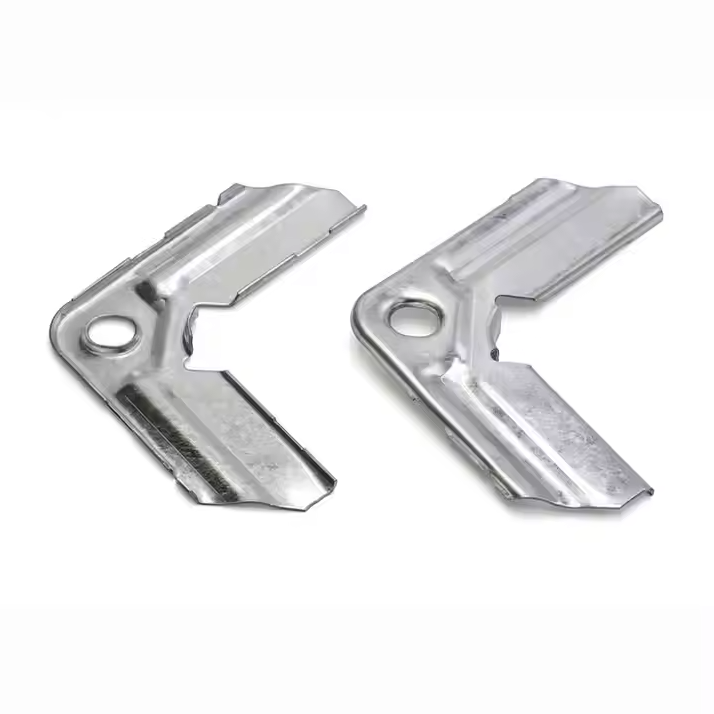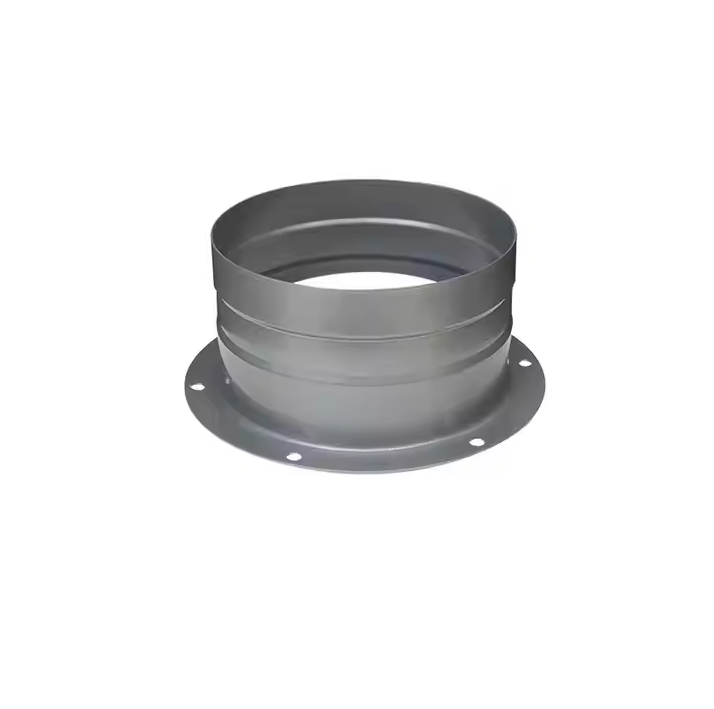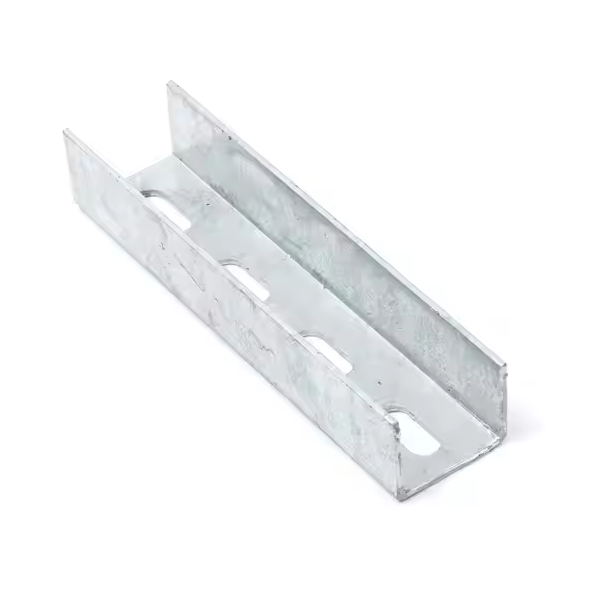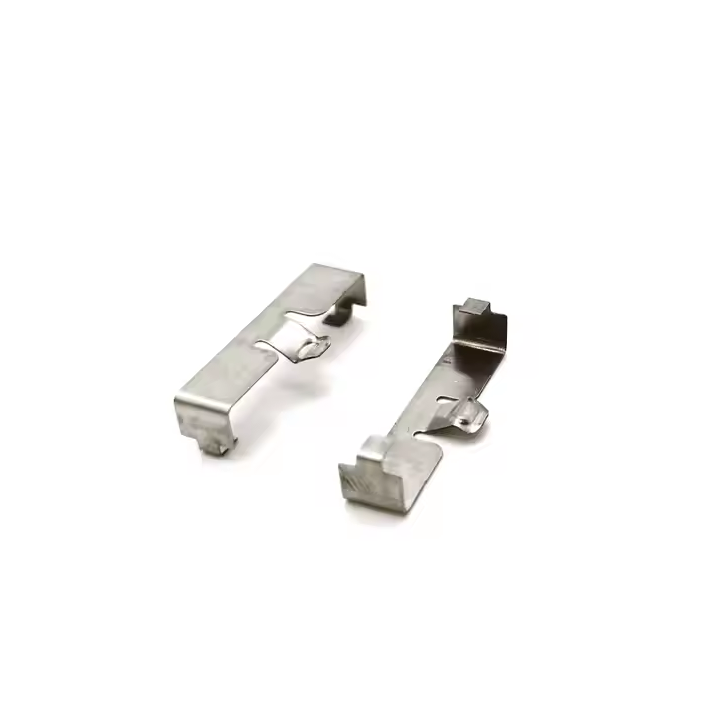In today's medical and bioengineering fields, medical-friendly materials play a vital role. With the rapid advancement of medical technology, more and more medical devices and implants need to interact safely and effectively with the biological environment. Therefore, the selection and design of materials become particularly important. Medical-friendly materials not only need to have good mechanical properties and chemical stability, but also must meet high standards of biocompatibility to ensure that their use in the body does not cause adverse reactions.

The concept of medical-friendly materials
Medical-friendly materials refer to materials that can interact with biological systems. When used in medical devices, implants, and other biomedical applications, these materials are compatible with organisms and do not cause harmful biological reactions.
Classification of medical-friendly materials
Depending on different applications, medical-friendly materials can be divided into many types, mainly including the following categories:
Polymers
such as polylactic acid (PLA), polyvinyl alcohol (PVA), polyurethane, etc. These materials have good biocompatibility and processability and are often used to prepare biodegradable medical devices.
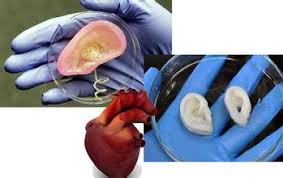
Metal materials
such as stainless steel, titanium and their alloys. These metals have excellent mechanical properties and biocompatibility and are often used in orthopedic implants and other surgical instruments.
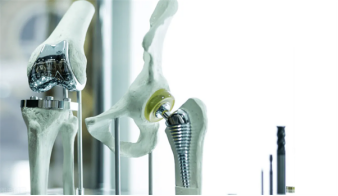
Ceramic materials
such as hydroxyapatite (HA) and zirconia, these materials have excellent biocompatibility in the body and are often used for bone replacement and filling materials.
Composite materials
Combining two or more materials to obtain better performance, such as composite materials of polymers and ceramics. These materials can optimize their biocompatibility and mechanical properties by adjusting their composition.
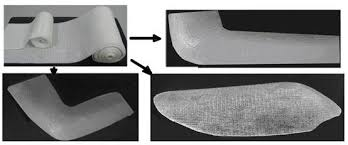
Advantages of medical-friendly materials in the medical field
Biocompatibility
Medical-friendly materials can interact with the biological environment without causing rejection, reducing the risk of infection and adverse reactions.
Mechanical properties
These materials usually have excellent mechanical properties, such as strength and toughness, and can withstand physiological loads, ensuring their stability and functionality in the body.
Degradability
Some medical-friendly materials (such as biodegradable materials such as polylactic acid) can gradually degrade in the body, eliminating the need for secondary surgery, and the degradation products formed are non-toxic.
Versatility
Many new materials can be designed to have multiple functions, such as drug sustained release, antibacterial properties, conductivity, etc., to meet different treatment needs.
Hypoallergenicity
Medical-friendly materials are usually modified and selected to reduce allergic reactions to patients.
Processing flexibility
These materials can be made into complex shapes and structures through a variety of processing methods (such as 3D printing, injection molding, etc.) to meet specific medical needs.

Application fields of medical-friendly materials
Implants
Medical-friendly materials are widely used in heart stents, artificial joints, bone fixation devices, etc., providing necessary support and recovery functions.
Wound dressings
Polymer materials are used to make transparent dressings and healing-promoting materials, which can effectively protect wounds and promote healing.
Drug delivery systems
Advanced polymers and nanomaterials can be used to prepare intelligent drug release systems to achieve directional and controlled drug delivery.
Tissue engineering
In tissue regeneration and repair, biocompatible materials are used to prepare scaffolds to promote cell growth and tissue reconstruction.
Diagnostic equipment
Biocompatible materials are used to make sensors and in vitro diagnostic equipment, which can interact with biological fluids and cells.
Dental applications
In the field of dentistry, medical-friendly materials are used for tooth restorations, implants, crowns, etc., providing both aesthetics and functionality.
With the continuous advancement of science and technology, from nanotechnology to 3D printing, and the continuous improvement of biomaterials science, the research and application fields of medical-friendly materials are also expanding. In the future, we expect these materials to better meet clinical needs and solve the problems faced in current medical practice.
